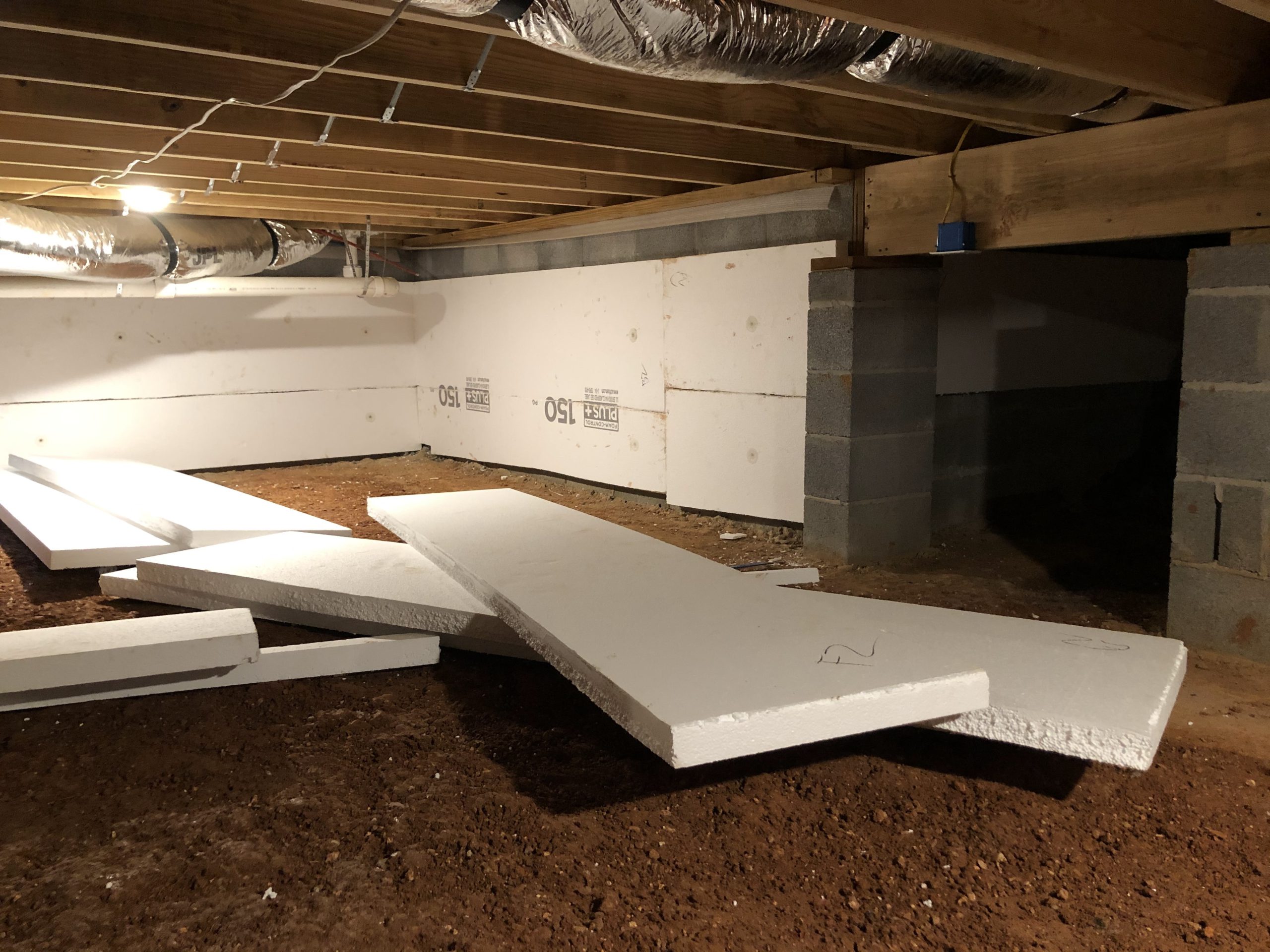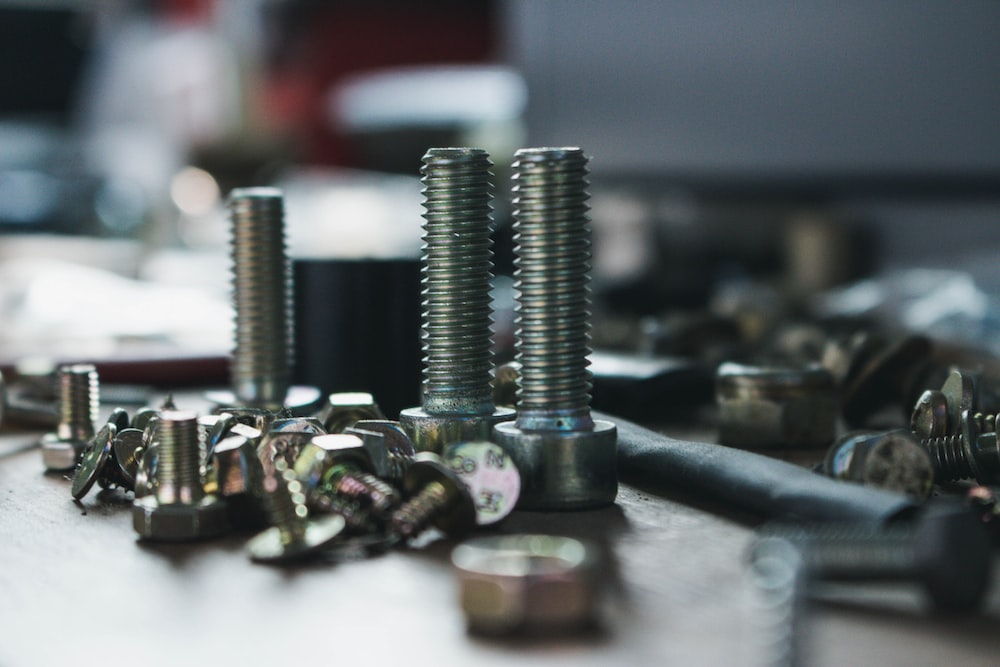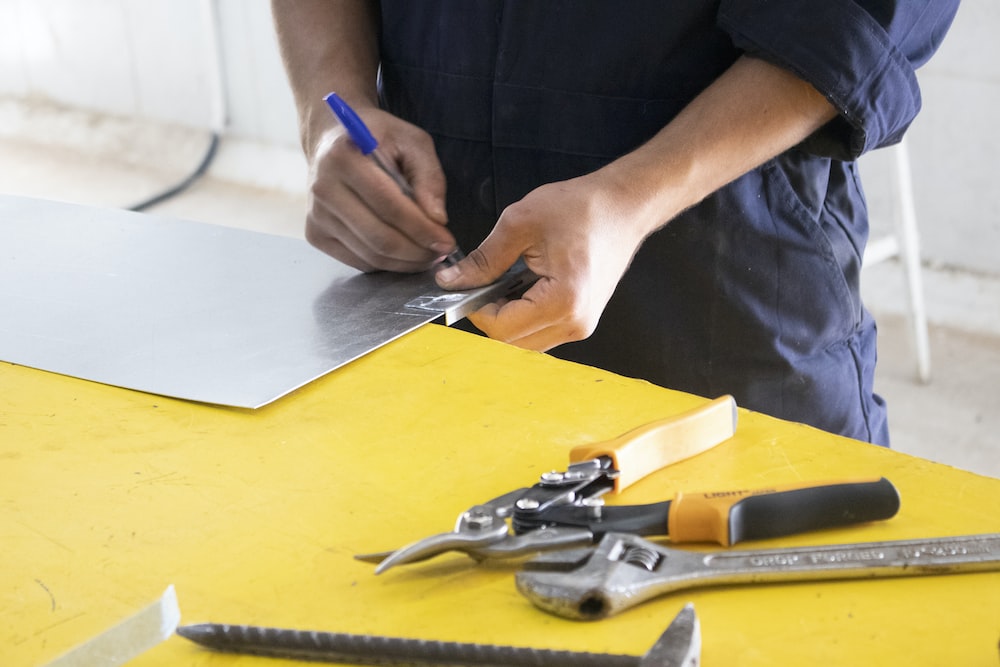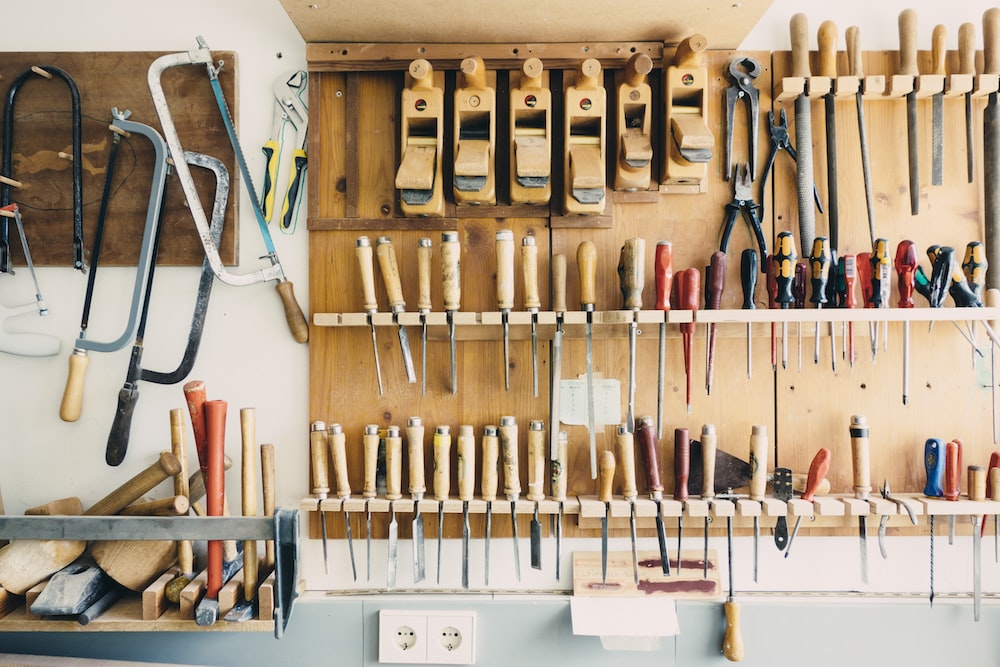Starting to encapsulate a crawl space is an effective way to protect your home from the damaging effects of moisture and mold. Encapsulation materials provide insulation, air sealing, and water management to ensure your crawl space is safe and healthy for many years.
But what materials are needed when it comes to encapsulating a crawl space? And what’s the best way to go about it? From choosing the right vapor barrier to understanding the importance of insulation, this ultimate guide will provide you with all the answers. Let’s get started.
Essential Crawl Space Encapsulation Materials
To properly encapsulate your crawl space, there are several materials you’ll need to ensure a successful job. Whether you do it yourself or hire professionals, here are the essential materials you need to start.
1. Crawl Space Vapor Barriers
A vapor barrier is one of the most important materials for encapsulating a crawl space. It helps keep moisture and other contaminants out of your home by blocking air from entering or leaving the space. The most common vapor barriers are made from either plastic sheeting or a 6- or 8-mil polyethylene liner. You will need to ensure the vapor barrier you choose is rated for use in crawl space conditions, as some materials may not be suitable for this purpose.
2. Sealing Tape
Sealing tape is used to seal off any gaps between the vapor barrier and other surfaces. This helps ensure that no air can get in or out of the area, which helps keep moisture and contaminants away from your home. Sealing tape is available in different sizes, thicknesses, and materials, so make sure you choose one suitable for your particular encapsulation project. Also, use a tape designed for crawl space encapsulation, as other tapes may not have the same effectiveness.
3. Dehumidifier
A dehumidifier is an important tool for keeping the humidity levels in your home under control. It helps remove excess moisture from the air, which can cause mold and mildew growth and contribute to other problems. It will also help keep the air in your crawl space at a comfortable temperature. Make sure you get one designed for use in enclosed spaces, such as a crawl space, with features like an automatic shut-off switch and adjustable humidity settings.
4. Insulation
Insulation is essential for keeping your home warm in the winter and cool in the summer. It also helps reduce energy costs by keeping cold air out and warm air in, which can help save you money on your energy bills. When choosing insulation for a crawl space, look for one designed to withstand moisture and humidity levels, as these will vary depending on where you live. Also, ensure the insulation you choose is rated for use in enclosed spaces to ensure maximum effectiveness.

Best Insulation Materials For Crawl Space
While many insulation materials are available, some of the most popular options for crawl spaces include spray foam, fiberglass batts, and rigid foam panels. Each has its advantages and disadvantages that should be considered before deciding.
- Spray Foam Insulation: Spray foam is one of the best insulating materials available in enclosed spaces. It can fill even the smallest gaps and cracks, creating an airtight seal that helps keep out moisture and humidity while allowing essential ventilation.
- Fiberglass Batts: Fiberglass batts are an economical option for larger crawl spaces. They come in pre-cut lengths and can easily fill larger areas without cutting or fitting. Also, fiberglass is a great option for soundproofing and dampening noise from outside sources.
- Rigid Foam Panels: Rigid foam panels are designed to fit snugly into crawl space walls, creating an airtight seal that helps keep out moisture and humidity while still allowing essential ventilation. These panels are also resistant to mold growth and are easy to install. Additionally, they can be painted to match the surrounding walls and fit with minimal effort.
Whichever material you choose for your crawl space encapsulation project, ensure it meets all local building codes and is installed correctly by a professional contractor. Insulating your crawl space will help reduce energy costs and protect against moisture and humidity, keeping your home comfortable all year round.
5. Double-Sided Construction Tape
Double-sided construction tape should be used to firmly adhere to the walls and floor to ensure the moisture barrier remains in place. The tape creates a strong bond that won’t fall apart easily, so you can rest easy knowing your crawl space is properly sealed. Also, double-sided tape is far superior to traditional staples and nails when preventing air leaks.
6. Termination Bars Or Other Mechanical Fasteners
In addition to construction tape, termination bars or other mechanical fasteners should also be used for extra stability. These are placed at the top of the moisture barrier and will help keep it firmly in place along the walls and ceiling.
7. Concrete Screws
Concrete screws are ideal for attaching the termination bars or mechanical fasteners to concrete surfaces, as they won’t corrode or rust like traditional nails and staples. They should be used with construction tape to create a stronger bond between the harmful moisture barrier and the walls.

What Tools Will You Need?
Apart from the essential materials needed for crawl space encapsulation, you will also need the right tools for the job. They include:
1. Lighting
While you work in the crawl space, it is essential to have plenty of lighting so that you can see what needs to be done and where. A flashlight will come in handy, but you may also find it useful to have headlamps or utility lamps. They will provide you with just the right amount of illumination for your task.
2. Utility Knife
This is a must-have tool as it will let you cut through plastic, cardboard, fabric, and other materials that need trimming or cutting during the crawl space encapsulation process. Also, a utility knife will be essential if you need to cut into the subfloor.
3. Drill With Masonry Bits
Drills are great tools, making the crawl space encapsulation process much easier. You can drill holes in your concrete walls or floors to insert insulation or vents. A drill with masonry bits will be essential for this task.
4. Measuring Tape
A measuring tape is also useful during the crawl space encapsulation process, particularly when measuring walls or floors before making cuts. This ensures that your measurements are precise and that all pieces fit correctly. Also, with the measuring tape, you can determine how many materials you will need for your job.
5. Work Gloves
Work gloves are important, especially when handling sharp objects or insulation material that irritates your skin. They protect your hands and make it easier to work in tight spaces without getting injured. You must wear gloves whenever you are installing insulation materials.

6. Protective Eye Wear
Protective eyewear is important because you don’t want anything to come in contact with your eyes while working in a crawl space. Make sure to use it when cutting or drilling into walls or floors, as small particles can fly up and hurt your eyes. Also, wear it when handling insulation materials or other hazardous chemicals.
7. Trash Bags
Trash bags will come in handy when cleaning up afterward, making the process much easier. Several trash bags can help keep the crawl space clean and free of debris during and after encapsulation. Plus, the bags can store any leftover material for future projects.
8. Disposable Breathing Mask
Protecting your lungs from dust and debris is important in the crawl space. You should always wear a disposable breathing mask when handling insulation materials or other hazardous chemicals. This will help ensure your lungs stay safe and clear of particles.
9. Knee Pads
Get some knee pads to protect your knees while working in the crawl space. They will be helpful when kneeling and working on the floors or walls. Plus, they are comfortable to wear and allow you to move freely without discomfort.
10. Marker
A marker is always highly recommended as it allows you to draw lines or measure points precisely without confusion. This will help you make accurate cuts and ensure that the insulation pieces fit perfectly in their designated spots.
11. Rubber Paint Roller
A rubber paint roller is optional and can be used to ensure that your insulation materials are properly glued or adhered to floors or walls. It is also a great tool when applying adhesive or sealants.

Tips To Consider Before Buying Crawl Space Encapsulation Materials
Whether you’re looking for tools, insulation, or other materials, here are some key tips to consider when buying crawl space encapsulation items:
- Consider Your Space. Different crawl spaces require different materials, so assess your space before buying anything. Measure the height and width of the area, and consider any obstacles like pipes or wiring that need to be considered when selecting items.
- Analyze Your Budget. Depending on the size of your space and the type of materials you need, the cost of crawl space encapsulation can vary greatly. Analyze your budget before purchasing any items to ensure you stay within your spending limits.
- Research Your Options. With so many different materials available for crawl space encapsulation, it’s important to research which will be most suitable for your project. Consider factors such as durability, cost-effectiveness, ease of installation, and fire resistance when selecting.
- Think About the Future. While it may be tempting to opt for cheaper materials in the short term, it’s important to think about how these items may affect the longevity of your crawl space encapsulation project.
- Try Before You Buy. For items such as insulation and tools, it’s often a good idea to try them out before making a purchase. This can help you determine which type will be most suitable for your project and ensure that you don’t waste money on materials that aren’t up to the task.
- Work With a Professional. If you’re feeling overwhelmed by the processes involved in crawl space encapsulation, consider working with a professional. They will be able to guide you through the selection and installation of materials and provide advice on any potential problems you may encounter.
Conclusion
Following this guide’s steps can help you install a safe and effective crawl space encapsulation system. The materials you need for your project will depend on the condition of your crawl space, how much moisture it accumulates, and what type of flooring is present. Once you have identified the necessary materials, purchase them from a trusted source and install them correctly. With the right supplies and a little hard work, you can ensure that your crawl space is insulated properly and free of moisture damage.


